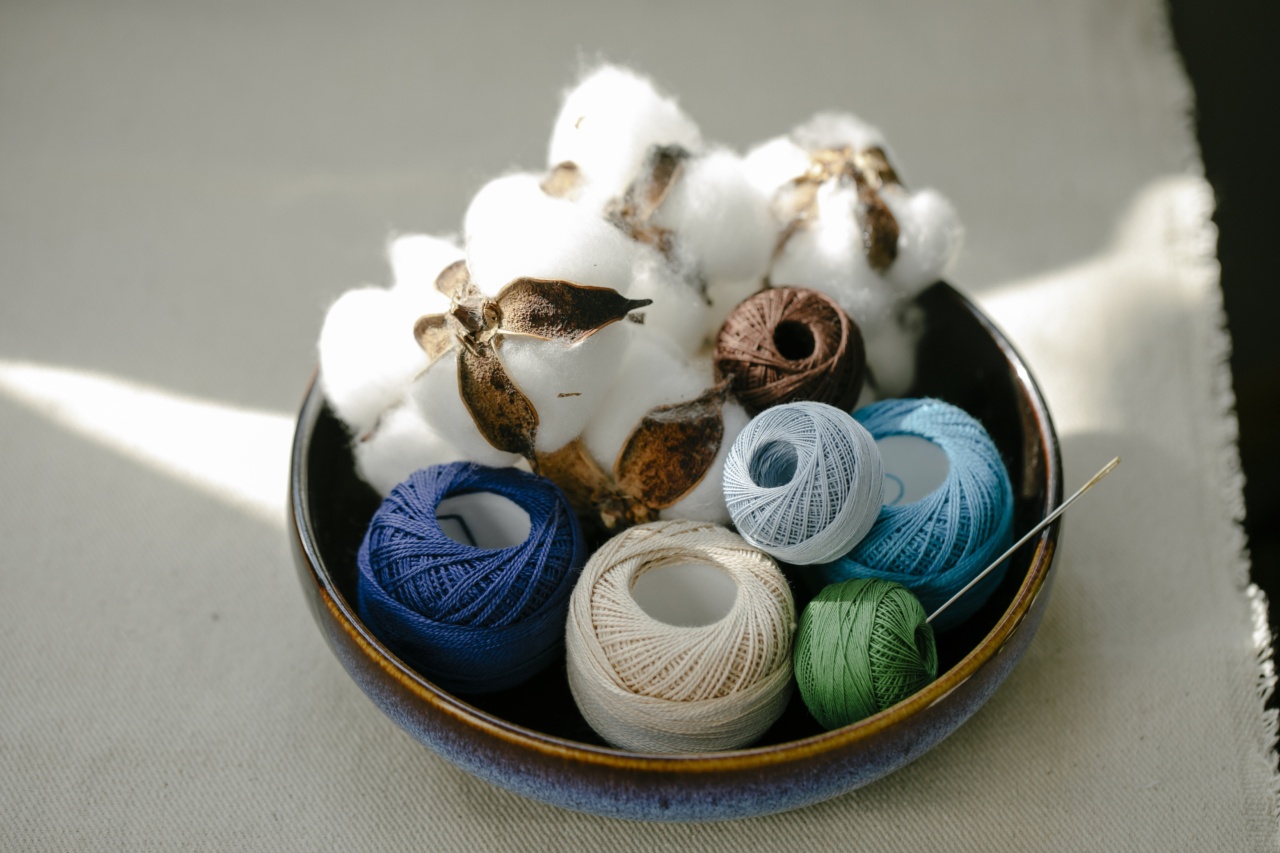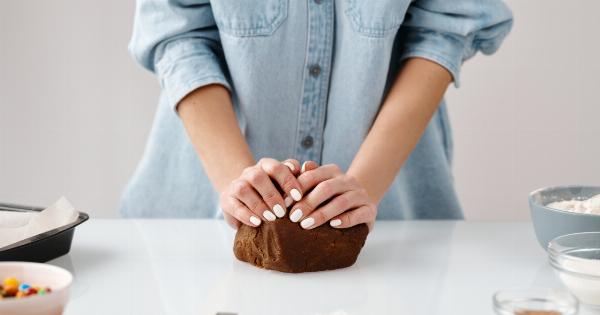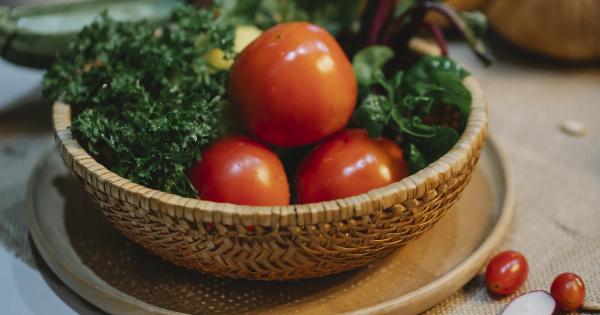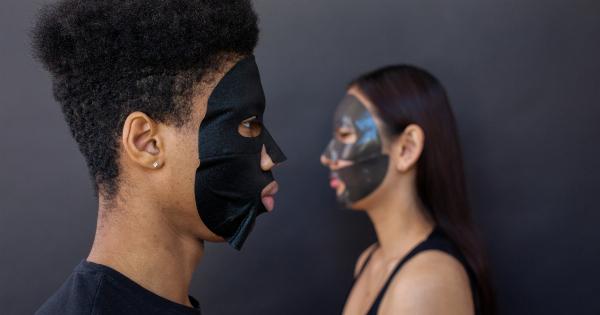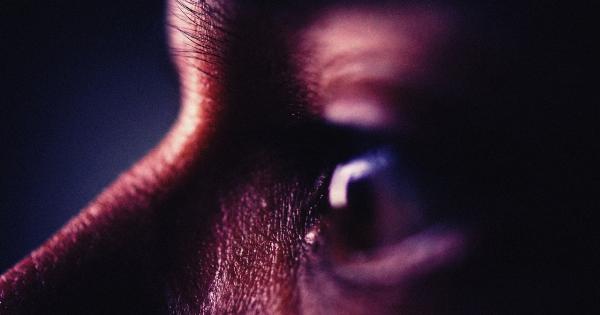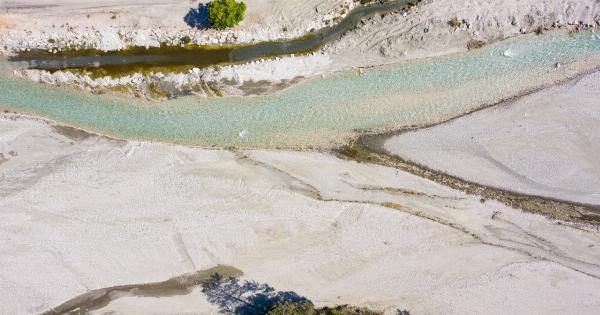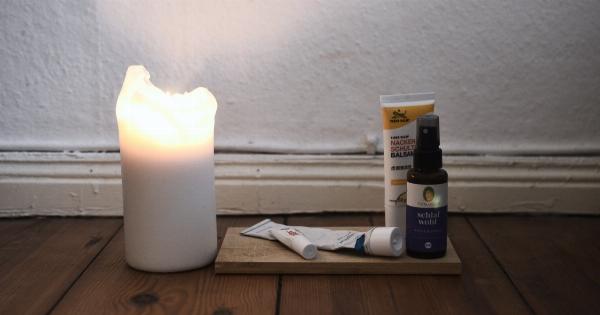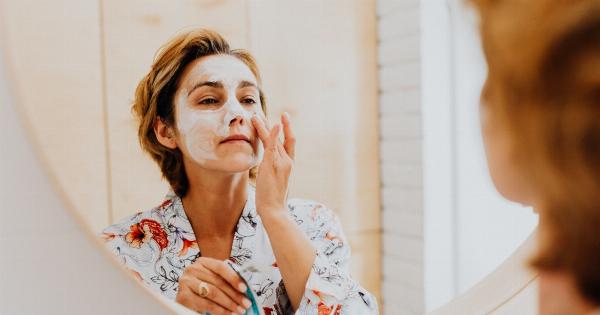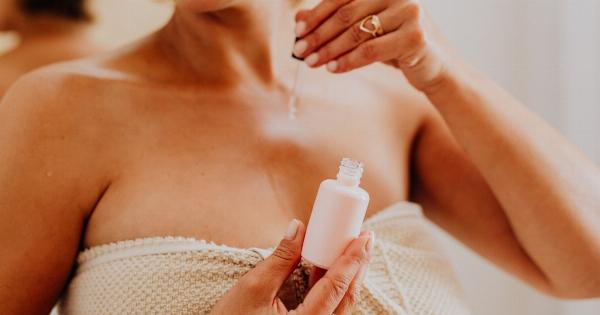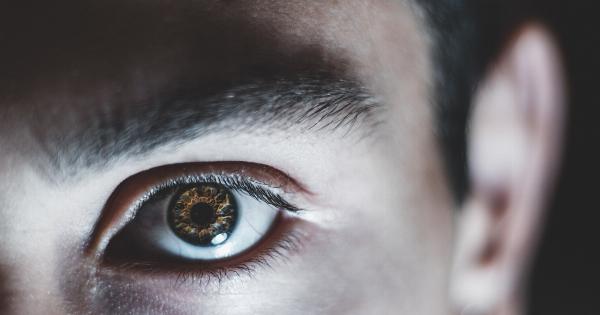The use of clay masks has been part of skincare routines for centuries, dating back to ancient civilizations such as the Egyptians, Greeks, and Romans. Clay, especially different colored clay, has numerous benefits for the skin.
Each type of clay has specific properties that can be used to target different skin concerns. In this article, we will explore the benefits of different colored clay and how they benefit the skin.
Red Clay
Red clay, also known as Moroccan clay or Rhassoul clay, is rich in minerals and known for its absorbing properties. This clay draws out impurities and excess oils from the skin, making it an excellent choice for oily, acne-prone skin.
It also improves skin texture and smoothness, making it a great option for those with rough, bumpy skin. Red clay also has anti-inflammatory properties that can help calm down redness and irritation on the skin.
Green Clay
Green clay, also known as French clay, is rich in minerals and trace elements such as calcium, potassium, and magnesium. This clay has a strong absorptive power, making it effective at removing impurities and excess oils from the skin.
It also has a toning effect on the skin, helping to tighten pores and improve skin texture. Green clay is an excellent option for those with oily or combination skin as it helps to balance oil production.
Yellow Clay
Yellow clay, also known as Brazilian clay, is rich in silicon, iron, magnesium, potassium, and other minerals. It has a mild exfoliating effect, making it great for sloughing off dead skin cells and improving skin texture.
It also helps to reduce redness and inflammation on the skin, making it an excellent option for those with sensitive skin. Yellow clay is also known for its detoxifying properties, helping to remove impurities from the skin.
White Clay
White clay, also known as kaolin clay, is one of the gentlest types of clay. It is suitable for all skin types, including sensitive skin. White clay absorbs excess oils and toxins from the skin, making it a great option for oily and acne-prone skin.
It also has a mild exfoliating effect, helping to improve skin texture and reduce the appearance of pores. White clay is also suitable for mature skin as it helps to firm and tighten the skin and stimulate cell regeneration.
Pink Clay
Pink clay, also known as French Pink clay, is a combination of red and white clay. It is rich in minerals such as silica, calcium, and iron, making it effective at removing impurities and excess oils from the skin.
It also has a gentle exfoliating effect, helping to improve skin texture and reduce the appearance of pores. Pink clay is suitable for all skin types, but particularly beneficial for dry and mature skin as it helps to hydrate and restore the skin’s natural moisture balance.
Black Clay
Black clay, also known as Bentonite clay, is rich in minerals such as calcium, magnesium, and iron. It has a strong absorptive power, making it effective at removing impurities and toxins from the skin.
It also helps to unclog pores and reduce the appearance of blackheads. Black clay is an excellent option for oily and acne-prone skin as it helps to balance oil production and prevent breakouts. However, it can be too harsh for those with dry or sensitive skin.
Purple Clay
Purple clay, also known as Brazilian Purple clay, is rich in magnesium and other minerals. It has a mild exfoliating effect, making it great for improving skin texture and reducing discoloration.
Purple clay also has anti-aging properties, helping to firm and tone the skin and reduce the appearance of fine lines and wrinkles. It is suitable for all skin types, particularly those with mature skin.
Blue Clay
Blue clay, also known as Cambrian blue clay, is rich in minerals such as calcium, magnesium, and potassium. It has a unique composition that contains algae and other trace elements.
Blue clay helps to detoxify the skin and remove impurities and excess oils. It also stimulates circulation and cell regeneration, making it great for reducing the appearance of fine lines and wrinkles. Blue clay is suitable for all skin types, but particularly beneficial for oily and problematic skin.
Brown Clay
Brown clay, also known as Chocolate clay or Amazonian clay, is rich in minerals and antioxidants. It has a strong absorbing power, making it great for removing impurities and excess oils from the skin.
Brown clay also has a toning effect on the skin, helping to tighten pores and reduce the appearance of fine lines and wrinkles. It is suitable for all skin types, but particularly beneficial for those with mature or damaged skin.
Conclusion
Different colored clay has numerous benefits for the skin. Each type of clay has specific properties that can be used to target different skin concerns.
Whether you have oily, dry, sensitive, or mature skin, there is a type of clay that can benefit your skin. Adding a clay mask to your skincare routine can help to improve skin texture, reduce the appearance of pores, and promote a healthy, glowing complexion.
